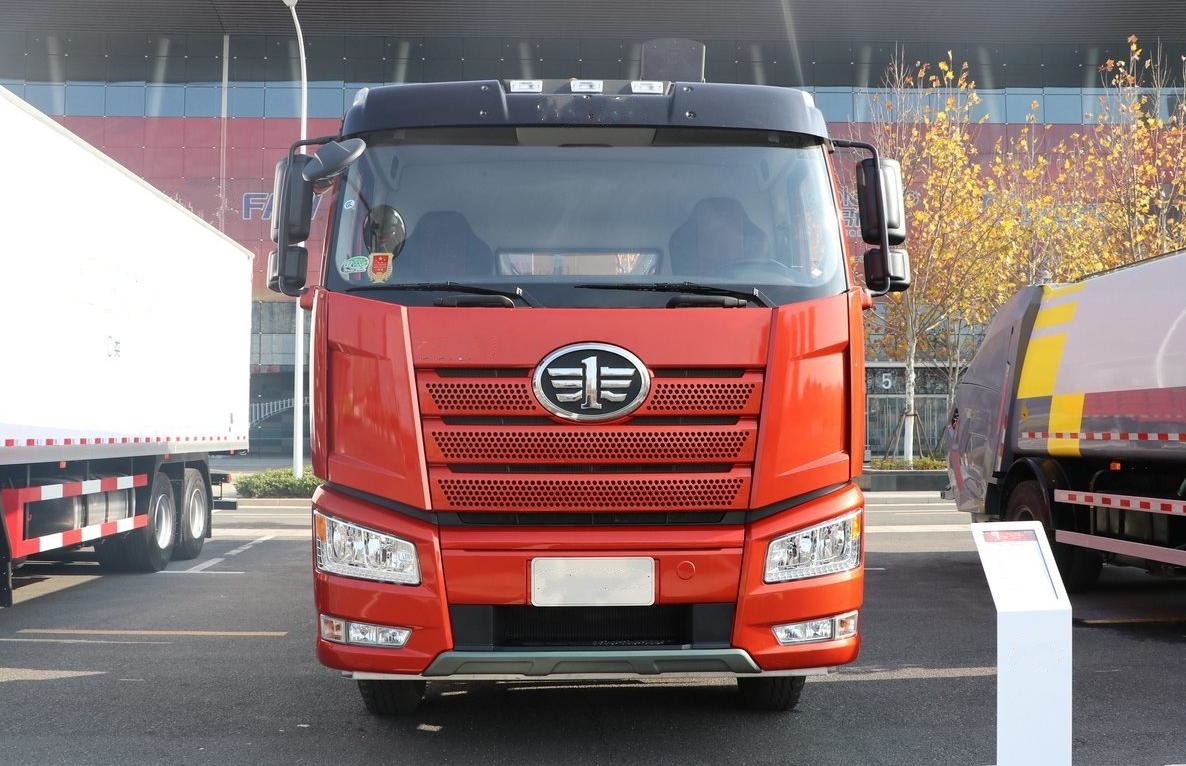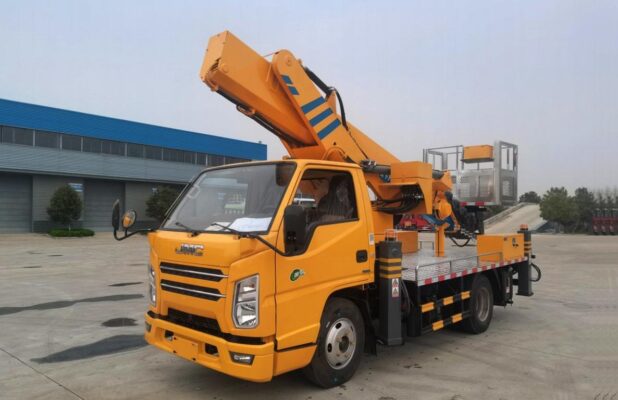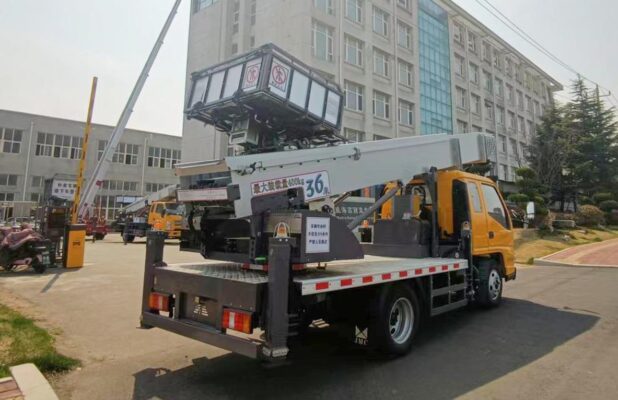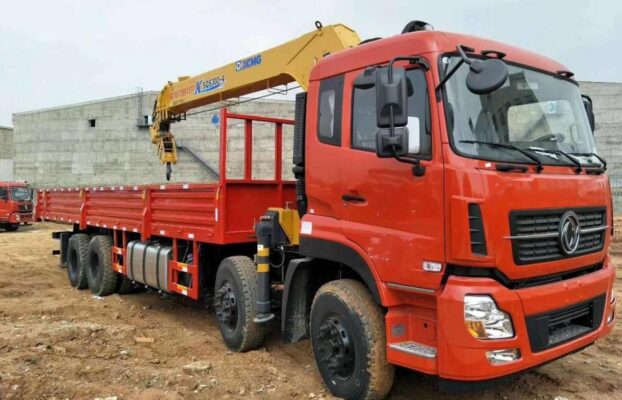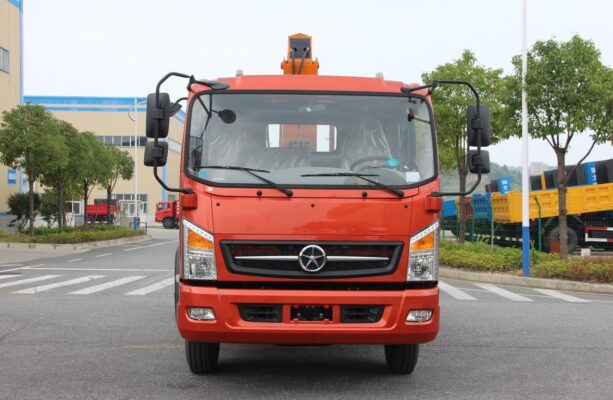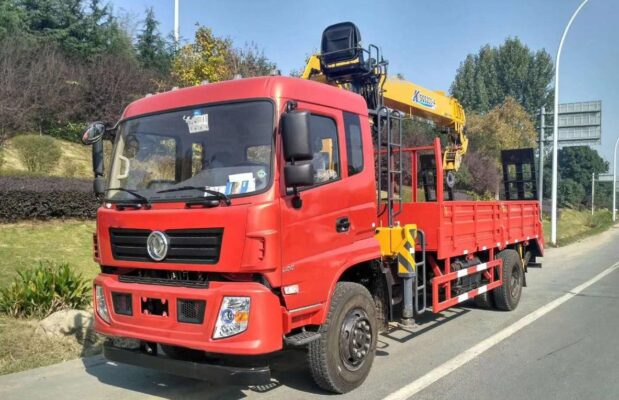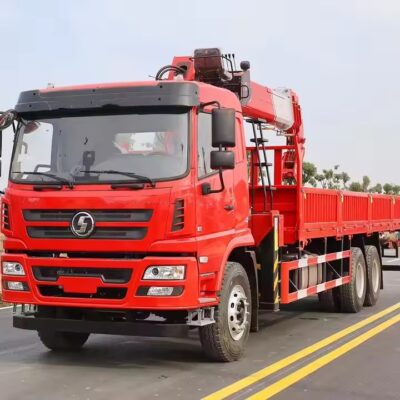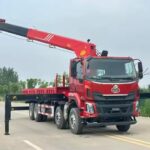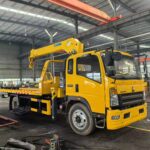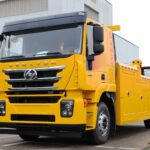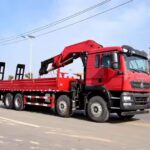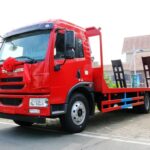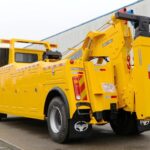The operation of aerial work platforms (AWPs) presents unique safety challenges that require strict adherence to safety protocols to protect personnel and equipment. This document outlines essential safety technical measures that should be implemented to ensure a safe working environment for all operators and associated personnel.
1. Proficiency in Operation
Before any construction or aerial work begins, it is crucial that all drivers and operators possess a thorough understanding of how to operate aerial work platforms. This proficiency can be ensured through:
- Comprehensive Training: Operators should undergo formal training programs that cover the specific models they will be using. This training should include both theoretical knowledge and practical hands-on experience.
- Certification: Operators must obtain proper certification to demonstrate their competency in using aerial work platforms safely and effectively. This certification should be renewed periodically to ensure ongoing compliance with safety standards.
- Familiarization: Operators should familiarize themselves with the specific equipment and tools they will be using, including safety features and emergency protocols.
2. Personal Protective Equipment (PPE)
The use of personal protective equipment is essential to minimize the risk of injury while operating aerial work platforms. Operators must adhere to the following PPE guidelines:
- Safety Helmets: All operators must wear hard hats to protect against head injuries from falling objects or accidental impacts.
- Safety Belts: Aerial work platform operators should use safety harnesses and belts that are properly secured to designated anchor points within the platform.
- Additional Gear: Depending on the nature of the work, operators may also need to wear other protective gear such as gloves, eye protection, and steel-toed boots to further safeguard against potential hazards.
3. Vehicle Parking and Warning Signs
The responsibility for proper vehicle parking and site safety lies with the driver. This includes:
- Correct Parking: The vehicle must be parked on stable, level ground to prevent any accidental movement or tipping. The driver should always engage the parking brake.
- Warning Signs: Appropriate warning signs should be set up around the work area to alert nearby personnel of ongoing operations. These signs should be clearly visible and placed at strategic locations to ensure maximum awareness.
4. Securing Outriggers and Vehicle Leveling
To maintain stability during operation, drivers must secure the outriggers and ensure the vehicle is level. This includes:
- Outrigger Deployment: Before elevating the platform, the driver must extend the outriggers fully and ensure they are securely positioned to provide adequate support.
- Leveling: It is essential to use leveling indicators, if available, to confirm that the platform is completely level before any lifting operations commence.
5. Lifting Operations
The driver plays a critical role in overseeing all lifting operations. Key responsibilities include:
- Conducting Lift Operations: The driver must ensure that all lifting operations are conducted according to established guidelines and safety protocols.
- Monitoring the Work Area: The driver should maintain a clear line of sight of the work area and communicate effectively with operators to ensure safe lifting practices.
6. Restricting Access to the Work Radius
To ensure the safety of all personnel on-site, it is essential that unauthorized individuals stay clear of the work radius. This can be achieved through:
- Designated Safety Zones: Establishing clear boundaries around the work area and using barriers or tape to indicate restricted zones can help keep unauthorized personnel at a safe distance.
- Signage: Posting clear signs indicating restricted access areas will further ensure that everyone on-site understands the dangers associated with the operational area.
7. Designated Personnel for Aerial Work
Aerial work must only be performed by designated personnel who have been specifically trained for such tasks. This includes:
- Assignment of Roles: Each individual should have clearly defined roles and responsibilities during aerial operations to prevent confusion and enhance safety.
- Regular Safety Meetings: Conducting regular safety meetings can help reinforce safe practices and address any concerns or updates related to aerial work operations.
8. Safety Pins and Securing Safety Belts
Upon entering the aerial work platform, operators must promptly secure their safety gear to ensure maximum protection. This involves:
- Inserting Safety Pins: Operators should insert safety pins in the appropriate locking mechanisms immediately upon entering the platform.
- Securing Safety Belts: It is essential to fasten safety belts securely and double-check the integrity of the harnesses before commencing any work.
9. Compliance with Operational Requirements
Operators must perform all tasks in accordance with established operational requirements. This includes:
- Following Protocols: All operational procedures should be adhered to meticulously to minimize risks.
- Emergency Preparedness: Operators should be familiar with emergency shutdown procedures and know how to respond in case of equipment failure or unforeseen incidents.
10. Restoring Equipment After Use
After completing aerial work, the driver must follow specific protocols before resuming vehicle operation:
- Safeguarding the Area: The driver must ensure that all personnel have safely exited the platform and that the area is clear before retracting the outriggers.
- Restoring Outriggers: The outriggers can only be retracted once all safety checks have been completed and it is confirmed that no personnel are in danger.
11. Education and Awareness
It is vital that all personnel who directly use aerial work platforms thoroughly study and understand these safety measures. This can be achieved through:
- Training Sessions: Regular safety training sessions should be conducted to keep personnel informed about safety protocols and best practices.
- Written Guidelines: Providing accessible written guidelines and checklists can help reinforce safety measures and ensure compliance among all operators.
Conclusion
The operation of aerial work platforms requires strict adherence to safety measures to protect personnel and equipment. By ensuring proficiency in operation, utilizing personal protective equipment, securing the work environment, and following established protocols, organizations can significantly enhance safety in aerial work operations. Regular training and awareness initiatives will further contribute to a culture of safety, enabling personnel to work confidently and effectively in elevated environments.

